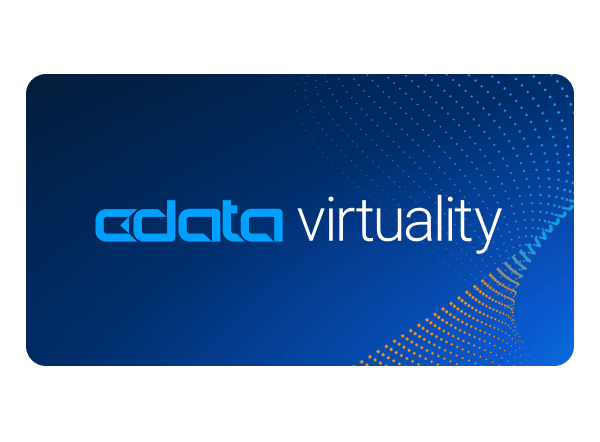Discover how a bimodal integration strategy can address the major data management challenges facing your organization today.
Get the Report →A Short Guide on Data Replication Types and Use Cases: CopyOver Replication

In the current business environment data needs to be integrated between multiple cloud-based and on-premise sources. You can do this either through data replication which makes a copy of the data or through data virtualization which combines this data on request.
With CData Virtuality you no longer need to choose between the two. Our platform uniquely combines data virtualization and data replication. This gives data teams the flexibility to always choose the right method for their specific requirement. It provides high-performance real-time data integration through smarter query optimization and data historization as well as master data management through advanced ETL in a single tool.
In this blogpost series, you will:
- Get an overview of the different data replication types that are provided in CData Virtuality
- Learn which replication type is best suited for which use case and why
- See how each replication type looks like in CData Virtuality
What is data replication?
Data replication is a synonym for physical data integration. In this process, copies of new tables are created in a central storage which represent the data from the source systems in a transformed, historized or cleansed form.
There are various ways to do this. For example, data can be copied between a local source and the cloud or between two on-premises hosts or between a local host and another host in a different location.
Data replication types
There are five data replication types available in CData Virtuality which we will cover in our blog post series:
- CopyOver replication
- Incremental replication
- Upsert replication
- Batch replication
- History replication
What is CopyOver replication?
CopyOver replication, also known as full or complete replication, clones a table or view to the destination. The destination table can either be deleted or dropped and recreated in the process. All the data is copied over.
CopyOver replication in CData Virtuality
In CData Virtuality, the CopyOver replication method retrieves the current data from a given source and puts it into the destination table. If a table with the same name already exists, it will be handled according to the cleanup method that you selected:
- DROP: table will be dropped and recreated; if not specified, this is the default cleanup method
- DELETE/TRUNCATE: table will be emptied by deleting all rows
Interested in seeing how you can get started?
CData Virtuality is trusted by businesses around the world to help them harness the power of their data. Get a free trial today to discover how you can uplevel your data management strategy.






